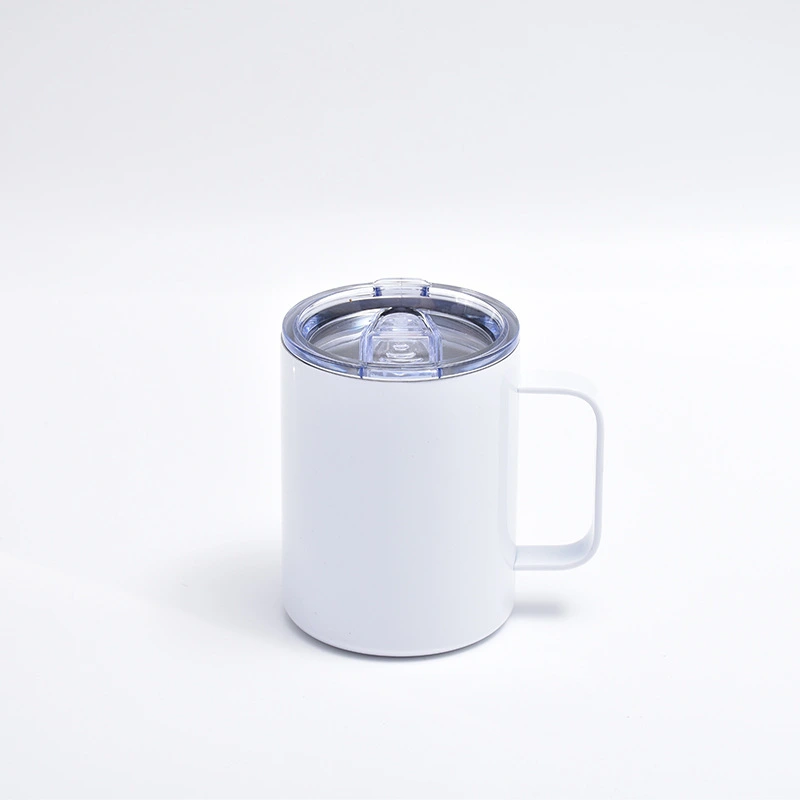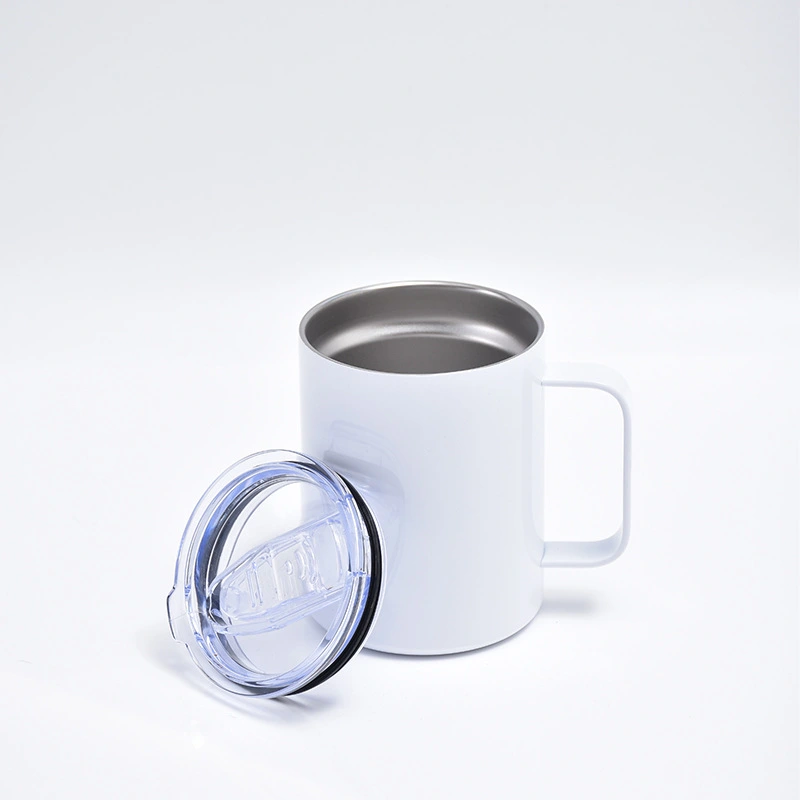- English
- Español
- Português
- русский
- Français
- 日本語
- Deutsch
- tiếng Việt
- Italiano
- Nederlands
- ภาษาไทย
- Polski
- 한국어
- Svenska
- magyar
- Malay
- বাংলা ভাষার
- Dansk
- Suomi
- हिन्दी
- Pilipino
- Türkçe
- Gaeilge
- العربية
- Indonesia
- Norsk
- تمل
- český
- ελληνικά
- український
- Javanese
- فارسی
- தமிழ்
- తెలుగు
- नेपाली
- Burmese
- български
- ລາວ
- Latine
- Қазақша
- Euskal
- Azərbaycan
- Slovenský jazyk
- Македонски
- Lietuvos
- Eesti Keel
- Română
- Slovenski
- मराठी
- Srpski језик
How sublimation mugs are made?
2023-12-04
Sublimation mugs are created using a process called sublimation, which is a chemical process where a solid turns into a gas without passing through a liquid state.
Material Selection:
Sublimation mugs are typically made of a special polymer coating or a ceramic material. The coating or material should be receptive to sublimation inks and able to withstand the heat and pressure of the sublimation process.

Coating Application:
If the mug is not already coated with a sublimation-friendly surface, a special coating is applied to it. This coating is designed to absorb the sublimation inks during the transfer process.
Design Creation:
A digital design is created using graphic design software. The design can include any combination of colors, images, and text.
Printing:
The design is printed onto a special sublimation transfer paper using sublimation inks. It's important to use the right kind of ink and paper for the sublimation process to work effectively.
Transfer Process:
The printed sublimation transfer paper is wrapped around the mug, securing it in place with heat-resistant tape. The mug and transfer paper are then placed into a heat press.

Heat Press:
The heat press is a machine that applies both heat and pressure to the mug. The temperature and pressure are carefully controlled to ensure proper sublimation. The heat causes the sublimation inks on the transfer paper to turn into a gas, and the pressure helps the gas penetrate the coating on the mug.
Cooling and Finishing:
After the sublimation process is complete, the mug is removed from the heat press and allowed to cool. The design is now permanently embedded into the coating of the mug. Some additional finishing processes, like quality checks and packaging, may be carried out.
Quality Control:
Quality control checks are performed to ensure that the colors are vibrant, the design is sharp, and there are no defects in the finished sublimation mug.
It's important to note that sublimation is most effective on light-colored mugs, as the sublimation inks are transparent and may not show up well on darker backgrounds. Additionally, the quality of the sublimation depends on the quality of the materials used and the precision of the sublimation process.




